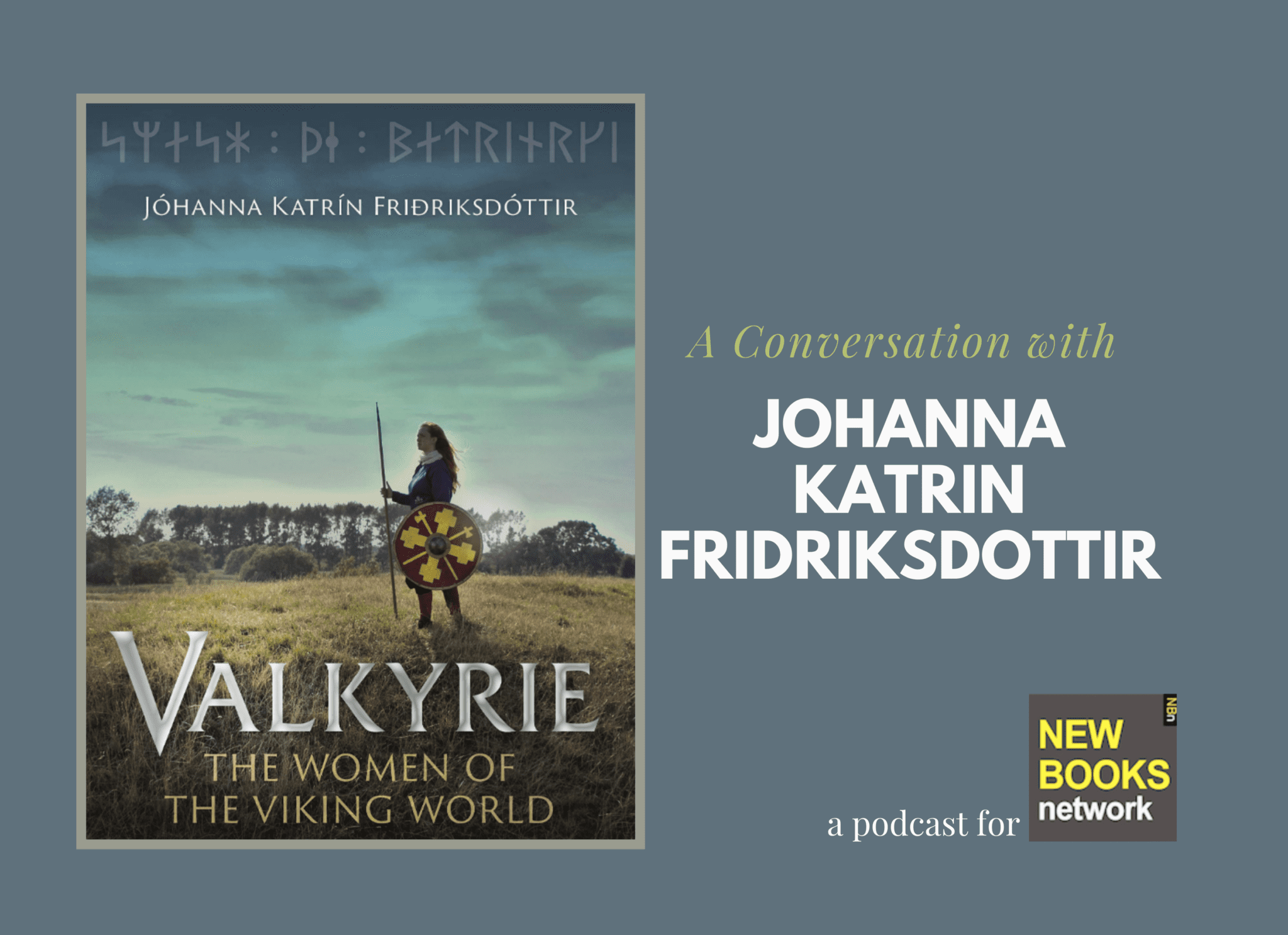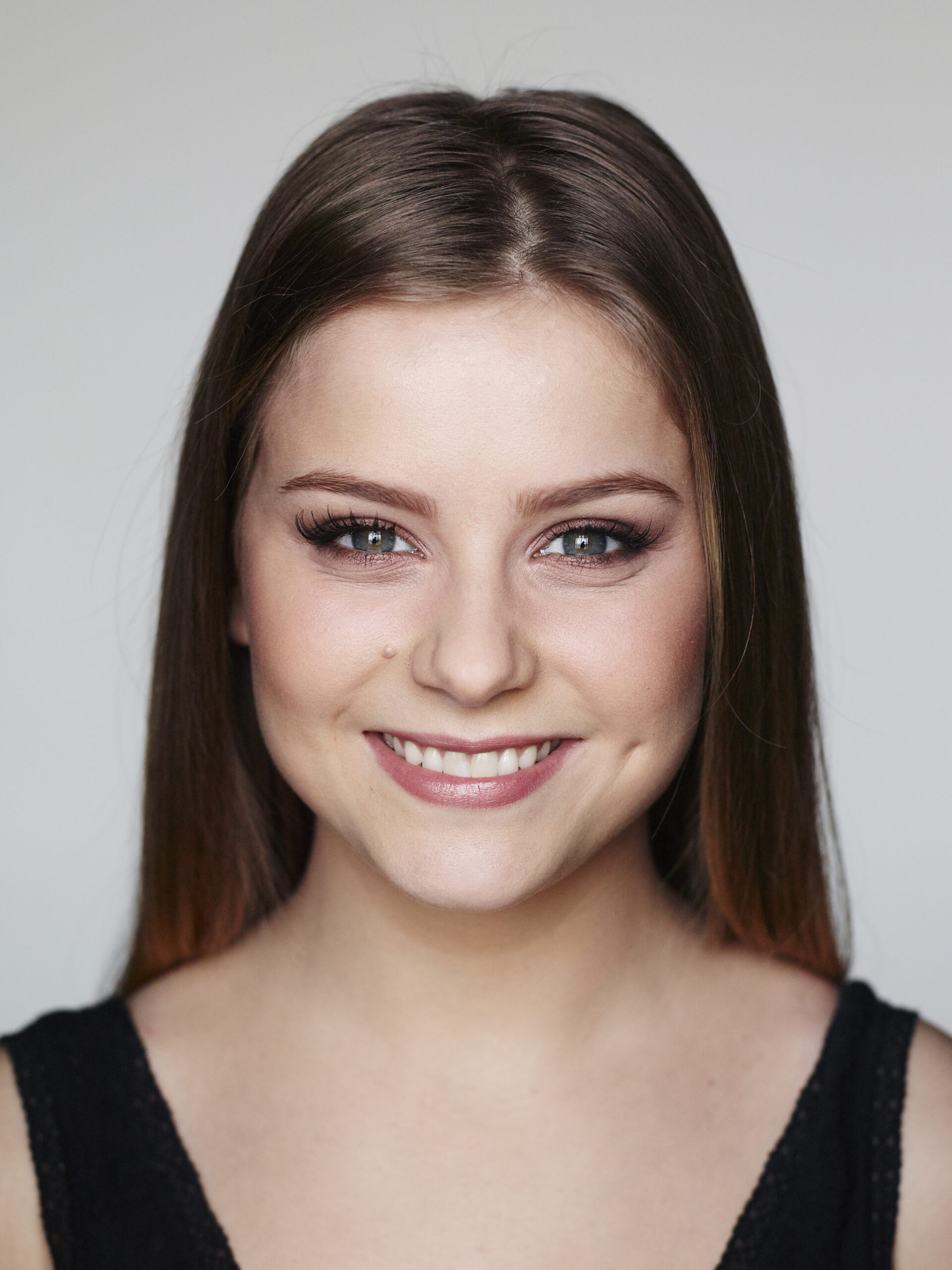

By examining these significant aspects from the very beginning, Friðriksdóttir is able to paint a nuanced picture of life in the Viking Age. This again is well known, but actually rarely applied: women are often discussed as a homogeneous group.

Friðriksdóttir also stresses that certain factors, such as age and social status, greatly affected the life and opportunities of individual women. Such a declaration may seem small and self-evident, but has in fact rarely been made as studies of Viking Age women often centre around their limitations in life, that is, what they were prohibited from doing. 12), as this was a time of exploration, innovation and profound change. Another key statement found in this chapter is that ‘Life could be exciting for a woman in the Viking Age’ (p. Friðriksdóttir argues that ‘Viking’ was a term used to describe seafaring-not just raiding but also trade, travel and settling in new places-and as women travelled widely during this period, this term applies to everyone. One important position taken is that the noun ‘Viking’ is used to refer to both women and men, although it has often been attributed to male raiders only. The introduction contains a number of key points, setting the scene for what is to come. Jóhanna Friðriksdóttir’s volume is a refreshing read, moving away from stereotypical views of Viking Age women where they are often presented as either exceptionally strong and independent or weak and seemingly without any agency. The publication is timely as research in this particular field has moved on considerably in recent years and above all since the last book of this kind, Judith Jesch’s Women in the Viking Age (1991 rev. This excellent book provides a long overdue review of the lives of women in the Viking Age.


 0 kommentar(er)
0 kommentar(er)
